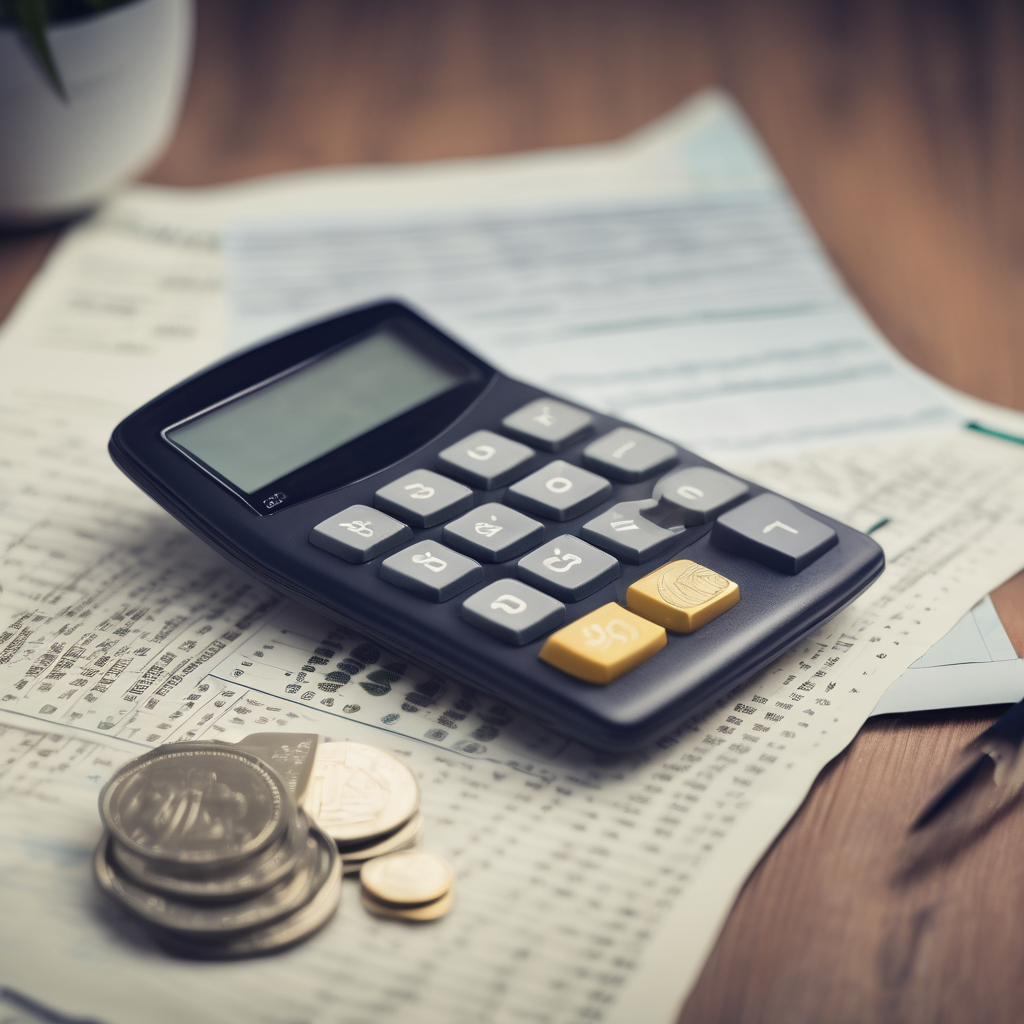Fiji’s Net International Investment Position (IIP) witnessed a modest rise in the June quarter, enhancing by $351.5 million from the previous year to stand at -$15,330.5 million. This increase indicates an upsurge in foreign investment in Fiji compared to the country’s investment activities abroad, as per the Fiji Bureau of Statistics.
Despite this improvement, Fiji’s international financial liabilities continue to escalate, hitting $22,656.5 million, which marks a 1.9 percent increase from the last quarter. This growth is primarily fueled by direct investments alongside other financial instruments. A breakdown of these liabilities reveals that equity, investment fund shares, and other equity constitute 58.9 percent, while loans represent 24.2 percent. Other accounts payable account for 8.9 percent, currency and deposits at 4.5 percent, Special Drawing Rights (SDRs) make up 2.2 percent, and debt securities contribute 1.3 percent.
On the assets front, Fiji’s international assets swelled to $7,326 million, featuring a 9.6 percent hike from the previous quarter. The major contributor to this growth was currency and deposits, comprising 62.5 percent of total assets. Other asset components include equity and investment fund shares at 18 percent, debt securities at 7 percent, SDRs at 5.9 percent, other accounts receivable at 3.3 percent, loans at 3.2 percent, and monetary gold.
The IIP serves as a crucial indicator of Fiji’s financial claims and obligations with the rest of the world, underlying the fact that although foreign investment in Fiji is ascending, the nation’s liabilities remain substantial, maintaining the net position in the negative zone.
In a broader context, recent figures show that Fiji is experiencing a narrowing of its balance of payments deficit, which suggests signs of economic stabilization. An earlier improvement in Fiji’s financial accounts, marked by increased equity and investment fund inflows, as well as higher deposits and currency from abroad, underscores a positive shift in the country’s external stance. These developments offer a glimmer of optimism for Fiji as it aims to bolster investor confidence amidst global economic pressures.
Conclusively, while the rise in foreign investment bodes well for Fiji, ongoing efforts are needed to address the country’s rising liabilities to ensure long-term fiscal health and economic resilience. Strengthening points of foreign income, such as tourism and remittances, can play a crucial role in bridging financial gaps and achieving greater economic stability.
